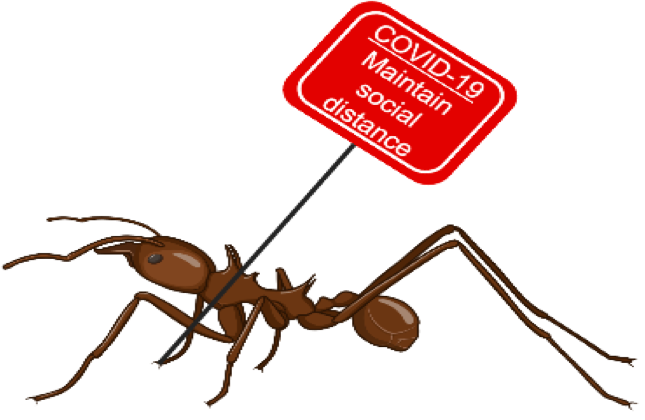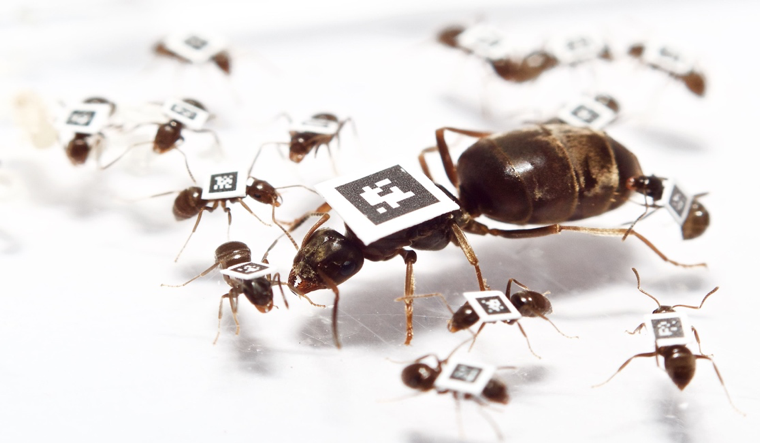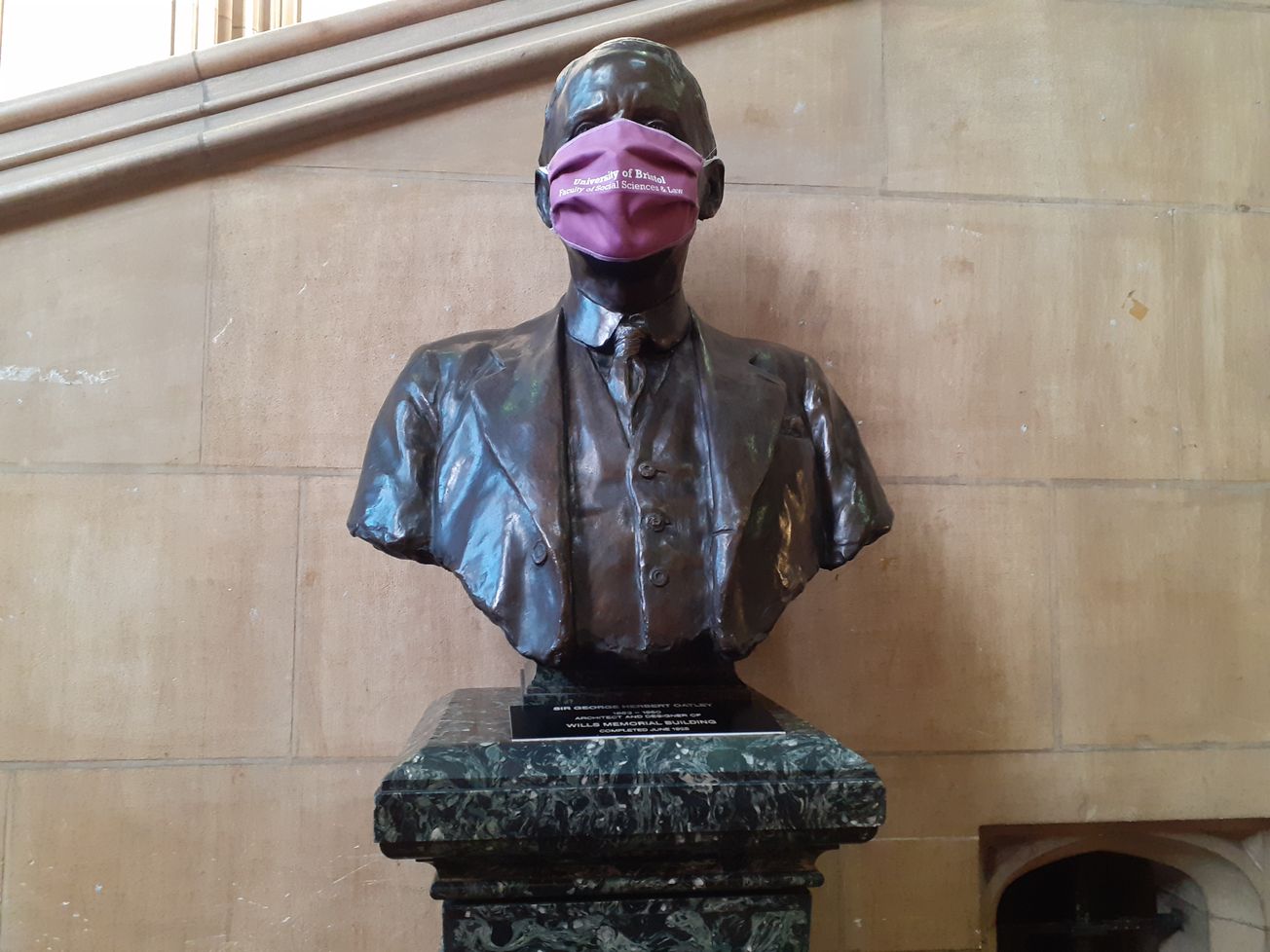By Meerabai Kings, Fourth Year, Biology
While social distancing is a new way of life for us, when plagued by disease ants started keeping a safe distance from one another long before we did. This was recently unveiled by what experts call the ‘perfect tracking system’.
Dr Nathalie Stroeymeyt from the University’s Life Sciences Faculty has shown that when a black garden ant is infected with fungal spores it will spend less time in the nest and more time outside.
The infected ant puts more distance between itself and its nestmates. Even more fascinating is that healthy nestmates will distance themselves from one other too. This ‘pro-active social distancing’, as Dr Stroeymeyt puts it, slows the rate of transmission through the whole colony and can even prevent a colony-wide epidemic.

Dr Stroeymeyt infected 10 per cent of ants in a colony with the microscopic spores of Metarhizium brunneum, which is an abundant and fatal fungal foe to our garden ant. Worker ants share 75 per cent of their DNA with their nest mates, a problematic fact since a disease that kills off one ant will almost definitely kill its clone-like siblings. This, combined with close living quarters and frequent physical contact of colony members, makes the colony susceptible to wide-spread fatal infection.
With this insight you would think that ants have the odds stacked against them but, remarkably, Metarhizium epidemics are rare in ant colonies. This resilience against the deadly fungus must mean that the humble garden ant is quite an expert in surviving such threats, as Dr Stroeymeyt has shown us.
A colony’s top priority is keeping the queen alive; she is the only ant who lays eggs, making her the colony’s most valuable asset. Forager ants are the most likely to catch a disease, thus, as a way to counteract this risk, the queen is surrounded by nurses who care for her brood. When nurses and foragers alike keep a distance from each other, every ant (most importantly the queen) is kept safe from the fungus. Social distancing is not just a lifesaving, but a colony-saving action when disaster strikes.

Now it is time to address the ant in the room: How can you track the movements of an animal that small?
Dr Stroeymeyt’s experiments tracked over 4000 ants using a technique called automated tracking. Firstly, ants were anesthetised as if they are heading into surgery. Then Dr Stroeymeyt glued a tiny, unique QR code (seen in the image above) to each ant’s body. Don’t worry! This did not hurt the ants, as they can carry weights several times their own body weight and the paper tags scale in at about only 10 per cent an ant’s weight. Finally, the ants regained consciousness and were returned to their colony, where a camera continually tracked the whereabouts of each ant via its QR code.
Dr Stroeymeyt was inspired to investigate colony responses to disease in 2012, whilst attending an International Union for the Study of Social Insects (IUSSI) conference. During the conference Professor Sylvia Cremer, another brilliant mind working in social insect research, explained her findings. Professor Cremer found that social interactions changed upon introduction of a disease in small groups of ants (one infected amongst five healthy individuals).
‘She [Professor Cremer] then mentioned it was difficult to know how these observations scaled up to entire colonies because of the technical difficulties of measuring all interactions among all ants in larger colonies using traditional techniques (visual annotations of videos)’ said Dr Stroeymeyt. ‘This is where it struck me that our tracking system was perfect to address these types of questions’.
Neonics: the common pesticides wreaking havoc on the sleep of insects
Family not giving you what you want? Animals recommend using blackmail
You can watch Dr Stroeymeyt showcasing her work on BBC iPlayer during which she pleads with her audience to welcome ants into their gardens, rather than exterminating them, and to join her in her awe of these intelligent insects.
After all, it looks like we can learn a thing or two from ants about avoiding epidemic emergencies in these challenging times.
Featured Image: Unsplash / MD Jerry
Are you maintaining the recommended social distancing guidelines? Ants are proving it works!









